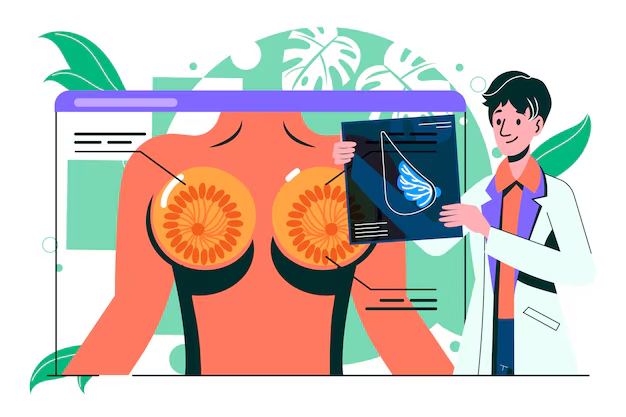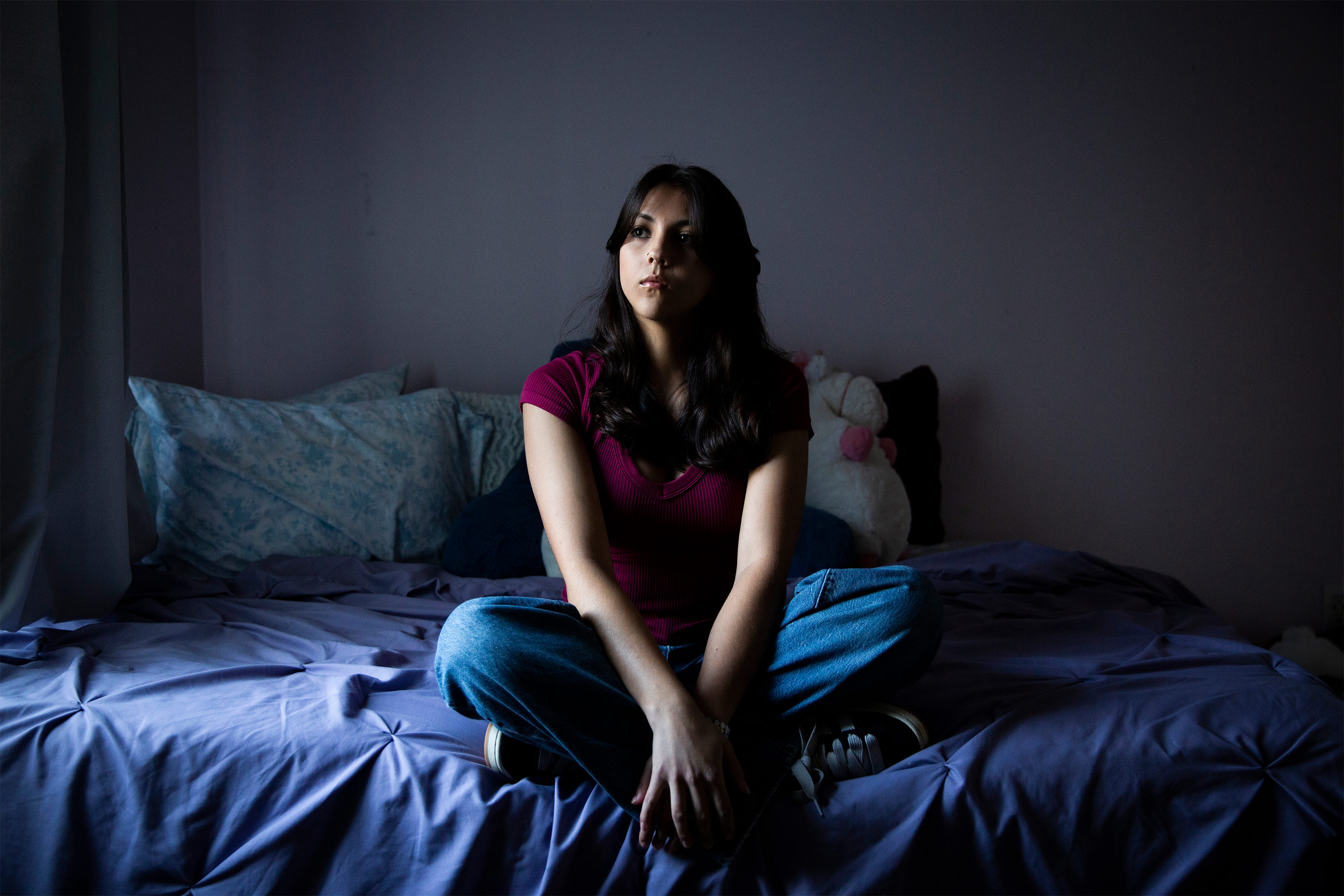Surveys show younger Americans doubt the safety of sunscreen. Misinformation on social media isn’t helping.
Anna Vishnyak/Getty Images
hide caption
toggle caption
Anna Vishnyak/Getty Images
Tiktok is full of videos with influencers giving advice on health and skin care. But when it comes to sunscreen there’s also a lot of misinformation – false claims that sunscreen is toxic and worse than the sun damage it helps prevent.
These kinds of videos are all too common on social media and they’re dangerous, says Dr. Heather Rogers, a dermatologist based in Seattle. She calls some of this information just plain wrong.
“There have been several high-profile individuals” – including reality-TV star Kristin Cavallari – who have talked about how they don’t wear sunscreen, about how it’s not natural to wear sunscreen, about how sunscreen causes cancer. That’s not based in fact and it’s not accurate information,” Rogers says.
But it seems to be having an impact. Recent surveys find a sizable number of younger Americans doubt sunscreen’s safety – and are generally misinformed when it comes to sun protection.

One survey, from the Orlando Health Cancer Institute, found that 1 in 7 American adults under age 35 believe using sunscreen daily is more harmful than direct sun exposure.
That’s troubling, because melanoma is one of the most common cancers in young adults, notes Dr. Rajesh Nair, a surgical oncologist with the institute who helped craft the survey.
“We’re seeing an increasing number of young and middle aged adults with not only skin cancers, but advanced stage skin cancers,” Nair says.
Conversations with his younger patients revealed many of them rely almost exclusively on social media as their source of health information, which prompted him to do the survey.
His findings are in line with another survey, from the American Academy of Dermatology that found many members of Gen Z are unaware about the risks of sunburn and the basics of sun protection.
For example, 37% of Gen Z respondents said they only use sunscreen when nagged by other people, and 30% mistakenly believed tanning is safe as long as you don’t burn.
Dermatologist Heather Rogers, says there’s no such thing as a safe tan.
“Your body tans after there’s been DNA damage,” she explains. When you’re exposed to UV light from the sun or a tanning bed, your skin absorbs that light, which causes mutations in your DNA.
“And your DNA goes, Oh, crap, I’m being injured. Is there anything I can do? And it throws up whatever pigment it has. So by the time you have a tan, you’ve already experienced DNA mutations,” Rogers says.
And it’s those mutations that can lead to skin cancer and premature aging.
Rogers says some of the hesitation about using sunscreen stems from research that found chemical sunscreens can be absorbed in the bloodstream at levels higher than previously thought, and that should be studied further. Despite those unknowns, she says, “the risks with chemical sunscreens have not been shown in humans. And I think that’s really important to lead with.”
“Any sunscreen is better than no sunscreen,” Rogers emphasizes.

But if you are concerned about chemical sunscreens, Nair and Rogers both advise using a mineral sunscreen like zinc oxide, which acts as a physical barrier to UV rays and is unlikely to enter the bloodstream.
But please, do wear sunscreen, Nair says, because the evidence of its benefits is strong and compelling. “We know that with the use of sunscreen, we can reduce the risk of skin cancers by 40 to 50%,” he says.
And if concern for your health doesn’t motivate you to slather on the sunscreen, Nair says do it for vanity’s sake. After all, sun exposure is the most common cause of wrinkles, dark spots and other signs of premature aging.
This story was edited by Jane Greenhalgh





















Discussion about this post